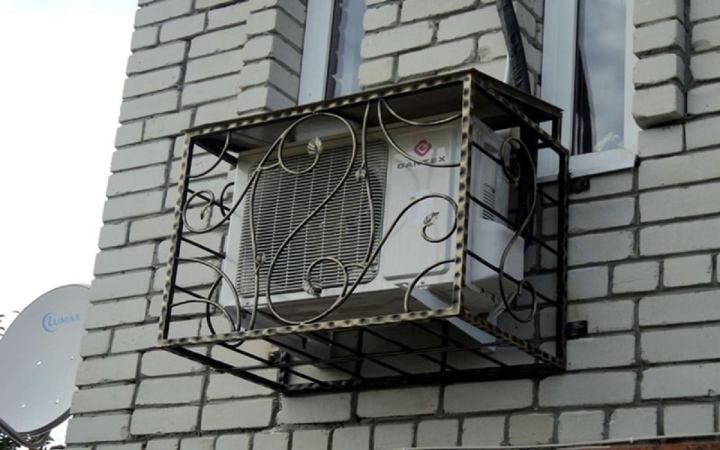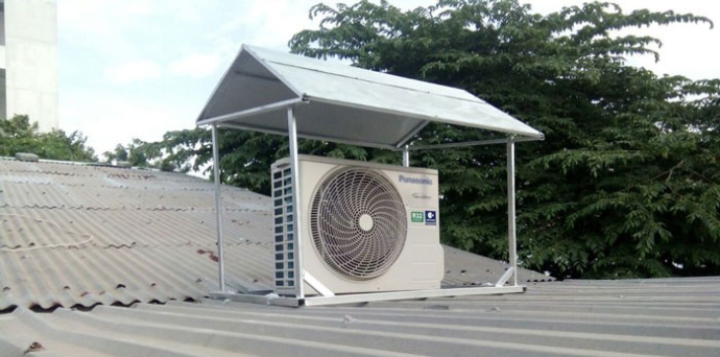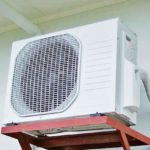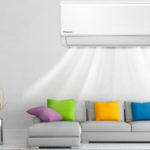Air conditioners usually have two main parts: the outdoor unit and the indoor unit (also known as the condenser unit and the evaporator unit). The evaporator unit is installed inside the house, while the condenser unit is usually installed outside. The condenser unit of the air conditioner is used to transfer heat from the indoor environment to the outdoor environment. In other words, it has a cooling effect.
Many people wonder if the condenser unit needs to be protected from sun and rain when placed outdoors.
Does the air conditioner condenser unit need to be protected when placed outdoors?
The condenser unit of the air conditioner can encounter various issues if it is installed outdoors without protection, which can affect the lifespan of the air conditioner. The condenser unit of the air conditioner is responsible for transferring heat from the indoor environment to the outdoor environment. If it is placed outside, it can easily get obstructed by leaves or insects without being able to get rid of them, leading to damage.

Does the air conditioner condenser unit need to be protected when placed outdoors?
Many manufacturers have developed condenser units with high quality and performance, which can withstand various external conditions. However, due to increasingly harsh weather conditions and lack of proper cleaning, protection, and maintenance, the condenser unit of the air conditioner can be damaged prematurely, even though the evaporator unit still functions normally.
So, does the air conditioner condenser unit need to be protected when placed outdoors? The answer is yes. It is recommended to install the condenser unit of the air conditioner in a dry, well-ventilated place, avoiding direct exposure to sunlight. Additionally, it is advisable to design a separate shelter to shield it from the impacts of the outdoor environment.
Absolutely avoid covering the condenser unit tightly. Instead, you can create a shelter that limits direct exposure to sunlight and rain. The condenser unit has the task of dissipating heat into the environment, so excessive covering can damage its components. You can create a shelter for the condenser unit at home or contact reputable construction companies for design.
Common mistakes when installing the condenser unit
The condenser unit of the air conditioner also has a significant impact on the household’s energy consumption. Therefore, the installation location of the condenser unit is an important factor to consider.
Installing the condenser unit indoors
Some careful individuals who want to improve the air conditioner’s performance choose to install the condenser unit indoors. However, this is a mistake because the indoor condenser unit can affect the evaporator unit.
The function of the condenser unit is to transfer heat from the indoor environment to the outdoor environment. Therefore, if it is installed indoors, the air in the room becomes hot, causing the evaporator unit to continuously operate to air condition the room, resulting in increased energy costs and reduced lifespan of the evaporator unit.
Installing the condenser unit outdoors
Most users install the condenser unit on the roof, on the house’s facade, or outside the house because they believe that the outer shell of the condenser unit is equipped with good protective materials for the internal components. However, the outdoor condenser unit will be exposed to various impacts from the external environment.

Does the air conditioner condenser unit need to be protected when placed outdoors? It should have proper shielding measures.
If left unprotected for an extended period, the internal components will be severely affected. To install the condenser unit outdoors safely and improve its durability, you need to have reasonable protective measures.
Place the condenser unit higher than the evaporator unit
If you install the air conditioner condenser unit higher than the evaporator unit, the refrigerant inside will evaporate, the oil will be stagnant, and there is a risk of oil flowing back into the evaporator, affecting the air conditioner’s operation.
Therefore, it is not advisable to install the air conditioner condenser unit higher than the evaporator unit. If you want to install the condenser unit higher, you need to install an additional oil trap system by bending the oil pipes into a U-shape to prevent the oil from flowing along the pipes to the evaporator.
Allow direct airflow to the condenser fan
When installing the condenser unit, choose a well-ventilated location. Avoid choosing a place that is too enclosed to prevent the condenser unit from getting trapped without being able to release air. Avoid places with direct airflow, as it will create a strong pressure that consumes more electricity. Choose a location where the airflow goes across or is perpendicular to the fan’s direction. This way, the airflow will dissipate the heat faster and consume less electricity.
According to VTC.vn



































